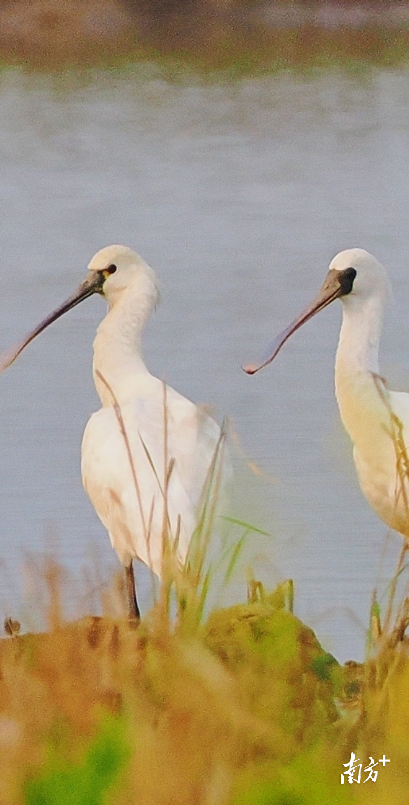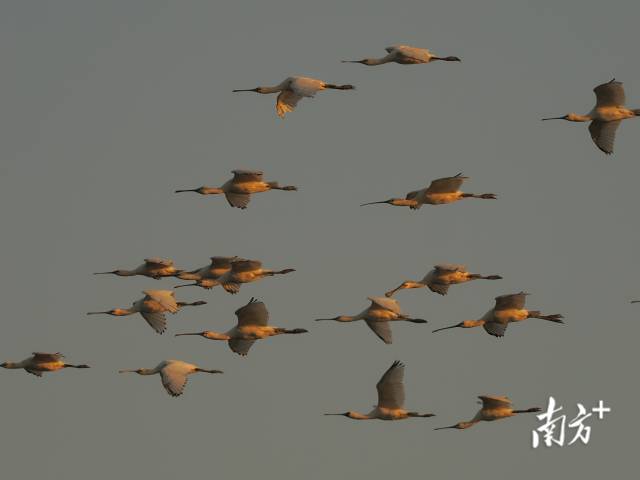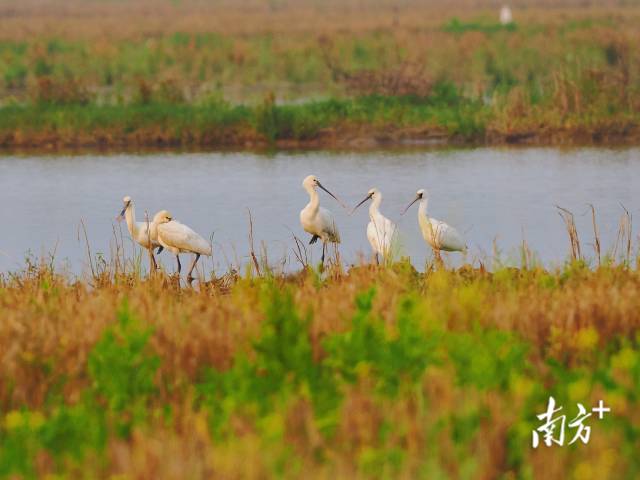A critically endangered black-faced spoonbill, one of the world's rarest birds, has been spotted for the first time in Qingyuan, a city in southern China's Guangdong province. The discovery, confirmed by wildlife experts on May 9, marks a milestone for local conservation efforts.

Known for its distinctive spoon-shaped bill resembling a Chinese Lute, the black-faced spoonbill is a nationally protected species in China. These birds typically migrate along coastlines or gather in wetlands, often mixing with flocks of egrets and herons.
The breakthrough came after two years of detective work by local birdwatcher Yuan Weiquan. In 2022, he first photographed a group of Eurasian spoonbills, a related species, in Qingyuan's wetlands. Upon closer inspection, he noticed one bird with darker features but couldn't confirm its identity due to blurry images.

In March 2023, he captured close-up shots of a flock of Eurasian spoonbills in Litang Wetland. During image processing, he spotted the telltale traits of a black-faced spoonbill hidden among them. However, the birds vanished after changes to local farming practices dried up their habitat.
In late 2024, birdwatchers spotted Qingyuan's largest-ever migratory flock at Bisha Island. Tracking 30 Eurasian spoonbills across 10 km of wetlands, Yuan captured crisp footage with his 600 mm lens, revealing a black-faced spoonbill among them.


"It's likely a 'lost' bird that joined the wrong flock during migration," explained Hu Huijian, a Guangdong zoologist. The bird was last seen in early April, shortly before the annual tomb-sweeping holidays.
The finding coincides with a global survey showing China's black-faced spoonbill population rising faster than anywhere else, thanks to improved wetland conservation. Yuan and fellow volunteers now work with the Hong Kong Bird Watching Society to monitor the species.
Author | Feng Huiting
Photo | Nanfang Plus
Editor | Huang Qini, James, Shen He
















